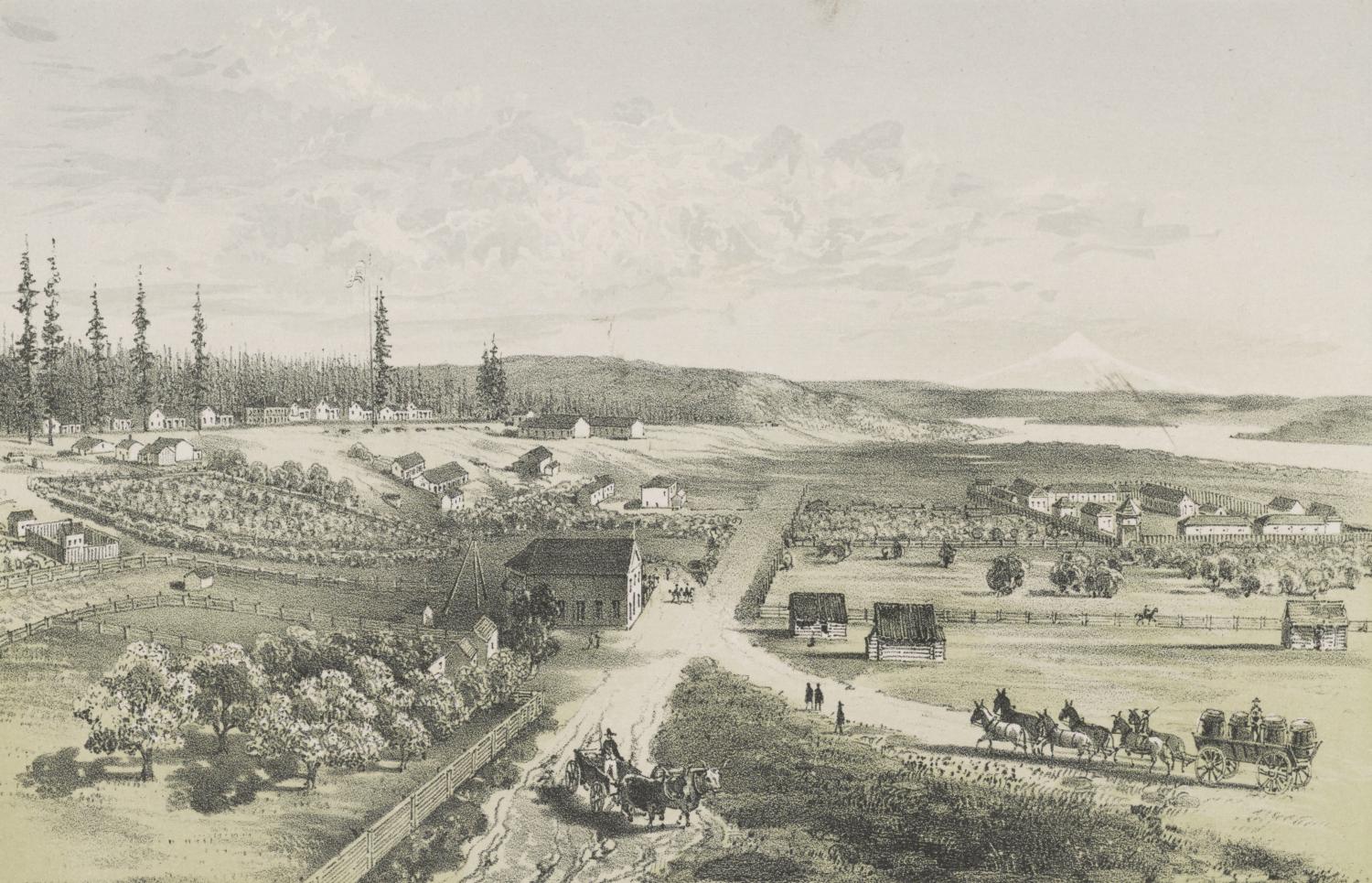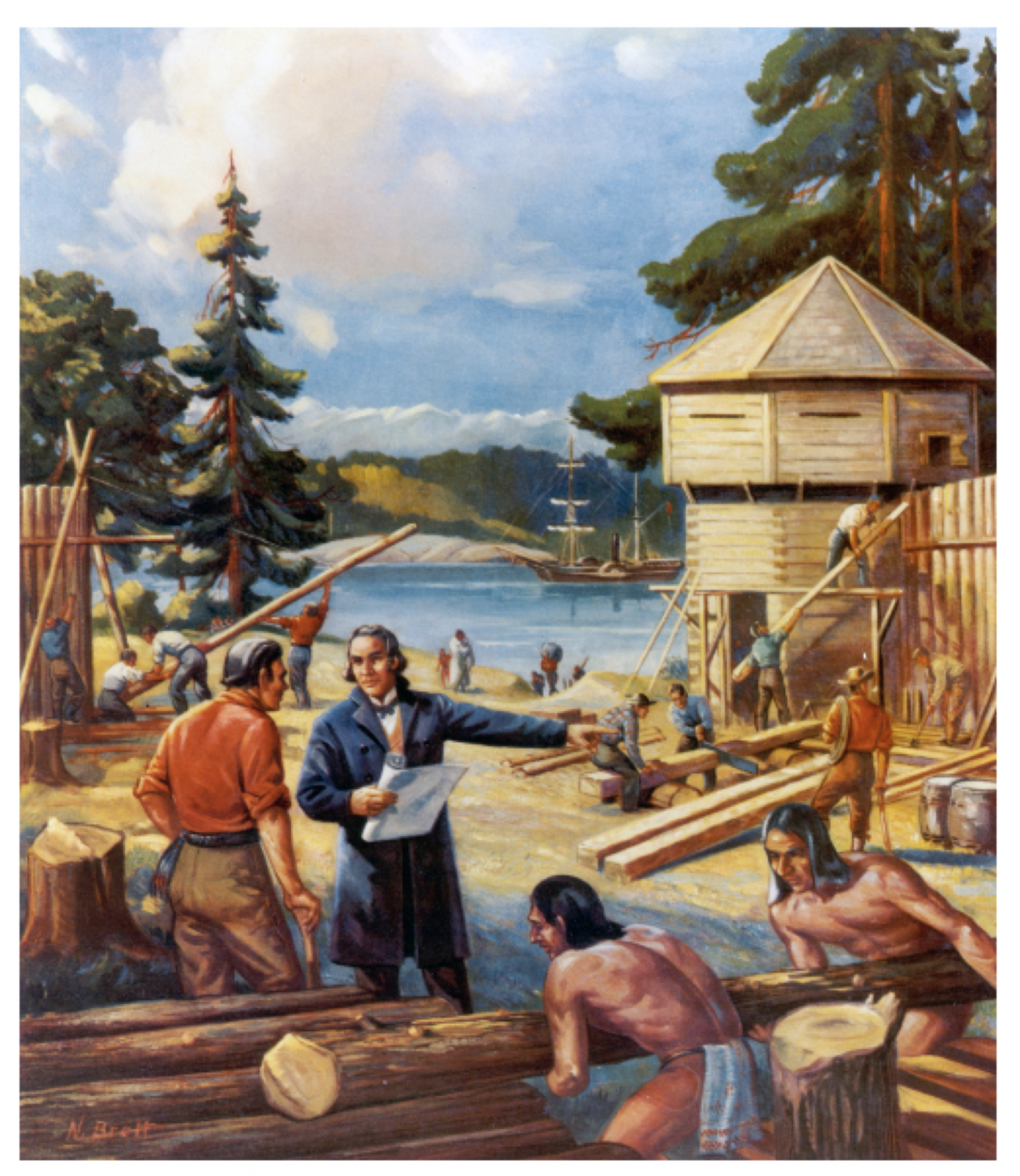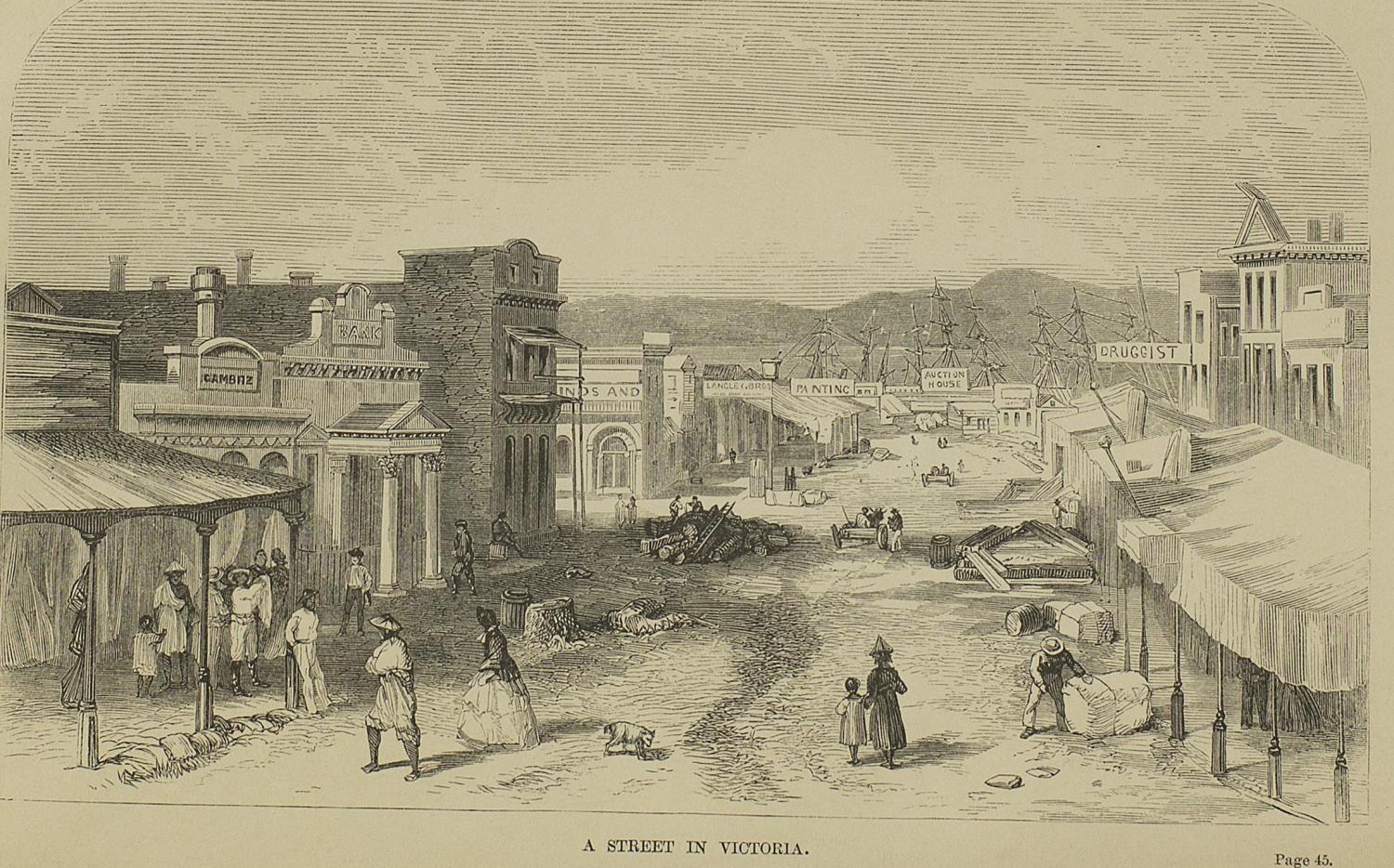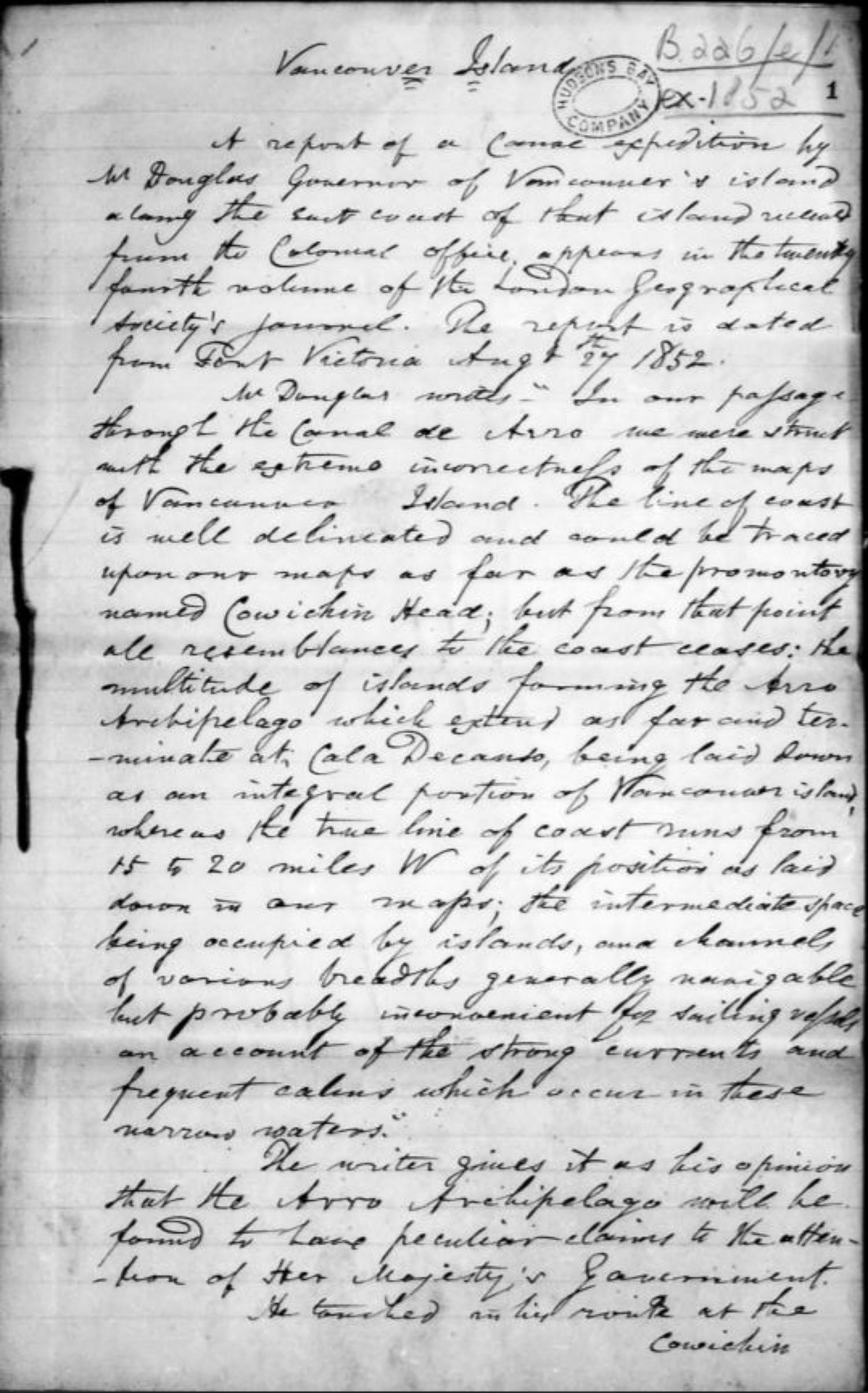The Founding of Fort Victoria
The Hudson's Bay Company sets up new headquarters on Lekwungen territory
Date: 1843
Despite the tenuous agreement to British and American coexistence in Oregon Country, by the 1840s, it was clear that the presence of Americans — and with it, American influence — was increasing in the Pacific Northwest.
For George Simpson, the governor-in-chief of the Hudson’s Bay Company (HBC), that presented a problem. At the time, the HBC’s headquarters sat at the mouth of the Willamette River at Fort Vancouver, in modern-day Washington state. With a future international border expected to be drawn further north, at the 49th parallel, Simpson decided in 1841 that relocation was in order.
The move to Vancouver Island was strategic. The location was geographically advantageous with a good harbour, a defensible position, and easy access to resources, including plentiful timber and arable land. But it also was a political move. The HBC's new headquarters would strengthen British claim to Vancouver Island.
Fort Vancouver sent a young James Douglas, then the HBC’s chief factor, to investigate the area to find a suitable site. He was greeted by the Lekwungen Chief Cheealthuc, whose people, long accustomed to trading with Europeans, welcomed the fur traders. With Cheealthuc’s help, Douglas settled on a site the Lekwungen called Camosack, meaning “rush of water.”
On March 14, 1843, construction on Fort Camosack officially began. Skilled Lekwungen carpenters built many of the early structures, including Douglas’s own house. In addition, they made up the workforce, the suppliers, and the customers. They worked as builders, herders, farmers, and transporters. In short, the Lekwungen were at the heart of Fort Camosack’s rapidly-growing economy.
Only a few months later, on June 10, Fort Camosack would be officially renamed Fort Victoria in honour of the British Queen. The HBC continued to tap into trading networks with other Indigenous groups on Vancouver Island, and within a few years the settlement would be drawing thousands of Indigenous traders from all along the coast. Fort Victoria was quickly a commercial success, eventually becoming the province’s largest urban centre in the 19th century.
Sources:
-
Barman, Jean. The West Beyond the West: A History of British Columbia. 3rd ed., University of Toronto Press, 2007.
-
Boudreau, Vanessa, et al. History of Victoria, 2006, web.uvic.ca/vv/student/police/context.ht
-
Fisher, Robin. Contact and Conflict: Indian-European Relations in British Columbia, 1774-1890. UBC Press, 1977.
-
Lutz, John Sutton. Makuk: a New History of Aboriginal-White Relations. UBC Press, 2008.
-
Madill, Dennis F.K. Fort Victoria. 2020, www.thecanadianencyclopedia.ca/en/article/fort-victoria.
-
“Victoria.” HBC Heritage, www.hbcheritage.ca/places/places-other-institutions/victoria.





